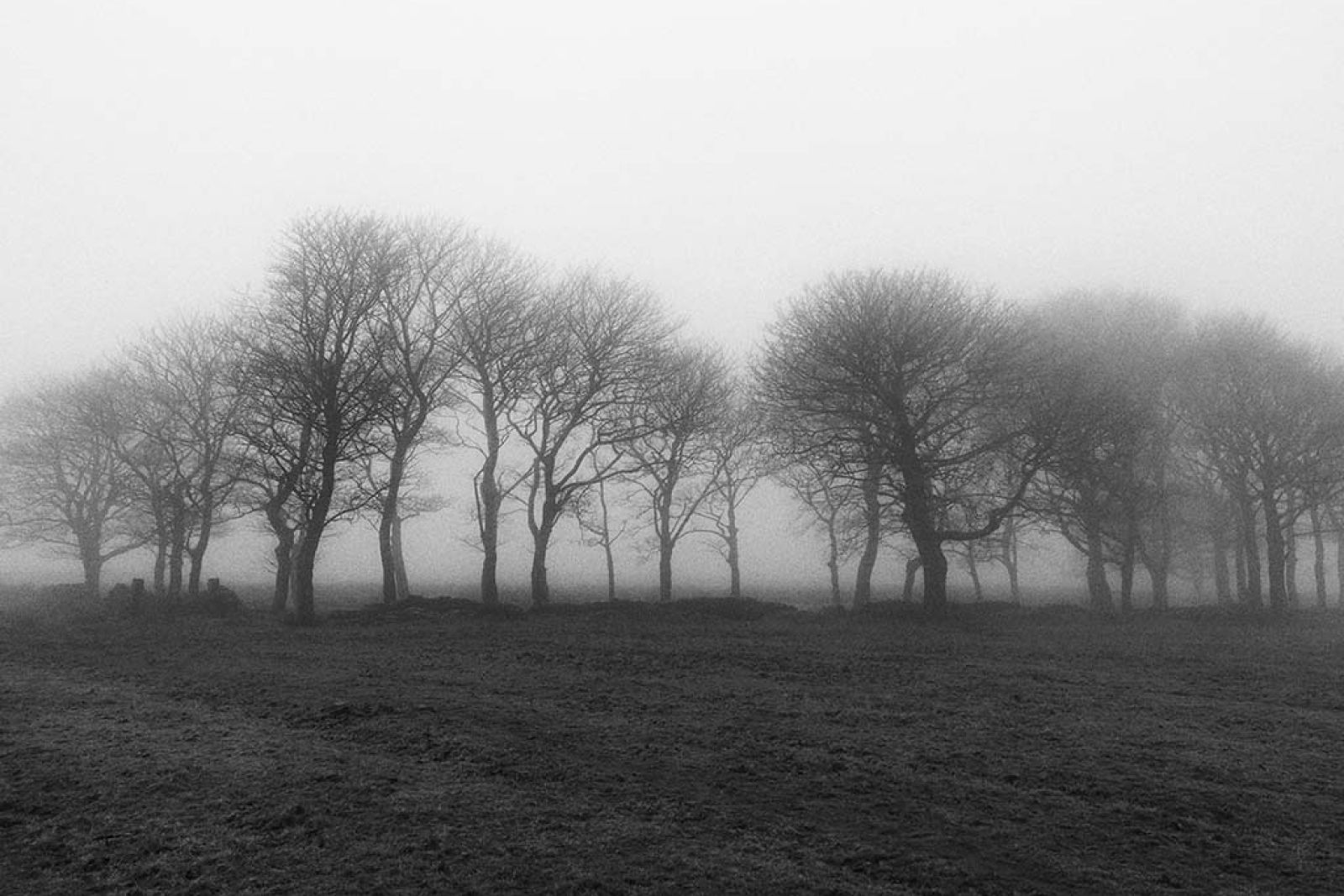Brown Wardle farm stood in the shadow of Brown Wardle hill overlooking what is now Watergrove reservoir.
Once home to John Stott, a herbalist doctor who supplied the community with tinctures and potions in the early 19th-century, Brown Wardle Farm is now a ruin. There's hardly any of the building left above ground but extensive cellars still exist underground.
Watergrove reservoir was constructed in the 1930s, partly with the aim of providing jobs during a period of high unemployment, but mainly because the water requirements of Rochdale had become increasingly urgent. It is the largest reservoir supplying water to Rochdale. The opening ceremony took place on 6 April 1938.
There was a small village called Watergrove, now submerged under the reservoir, and scattered around the valley were about thirty farms, some of which had a few cottages close to them. In the nineteenth century the population reached about 300, but it had started to decline before the reservoir was built. It was about 250 at the turn of the century and about 200 in the 1920s. The Water Board insisted that nearly everyone should move out, including people living above the water line.
